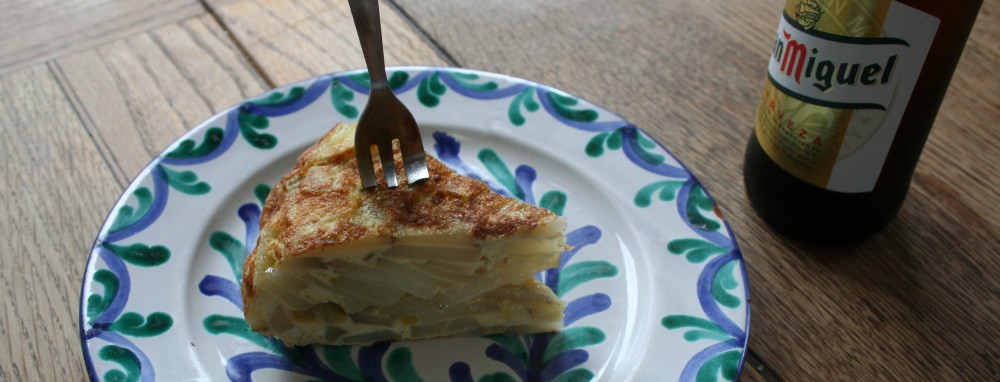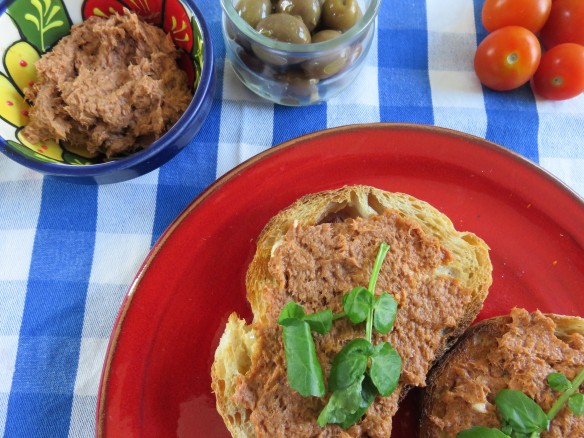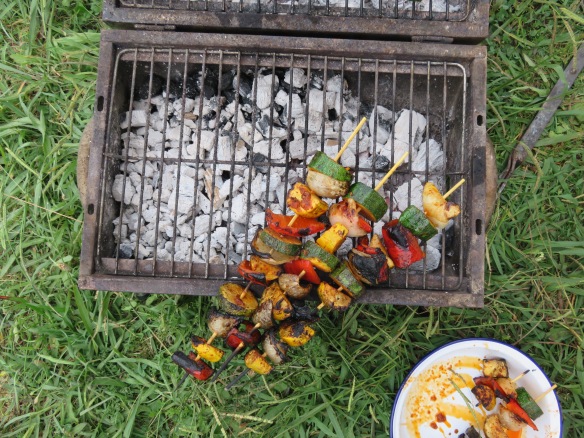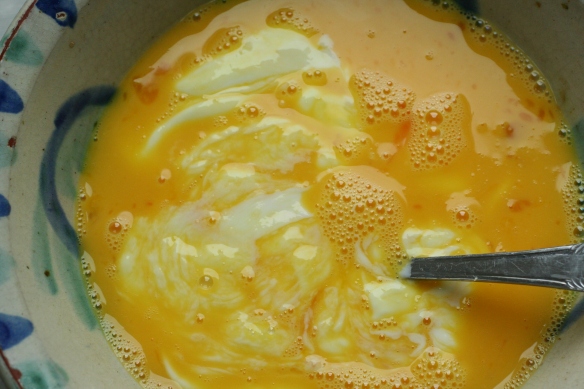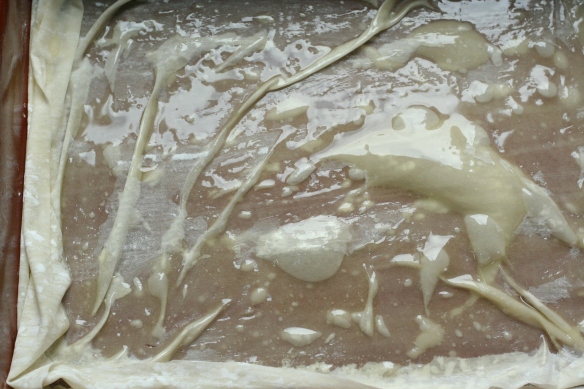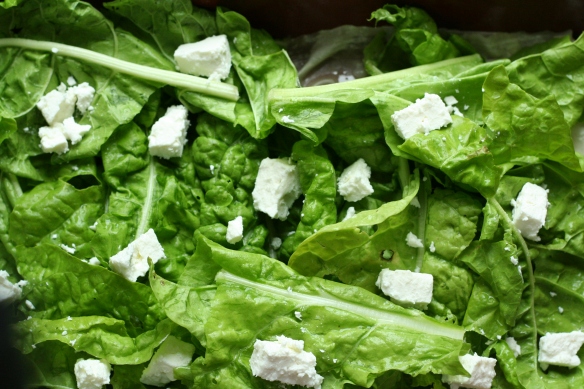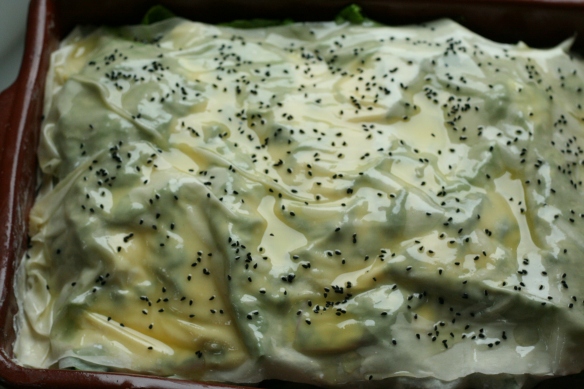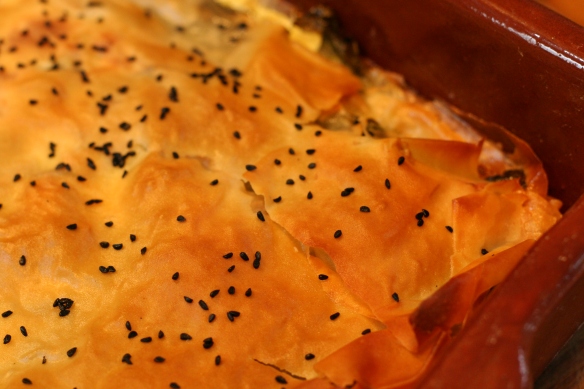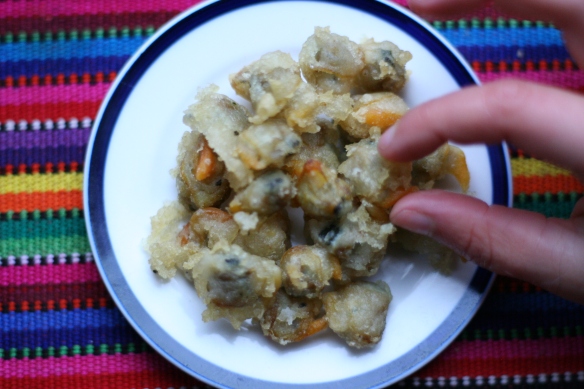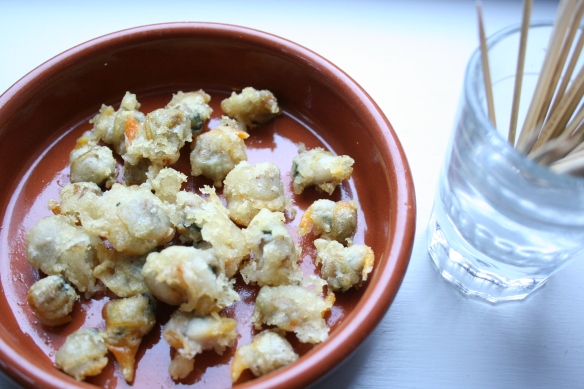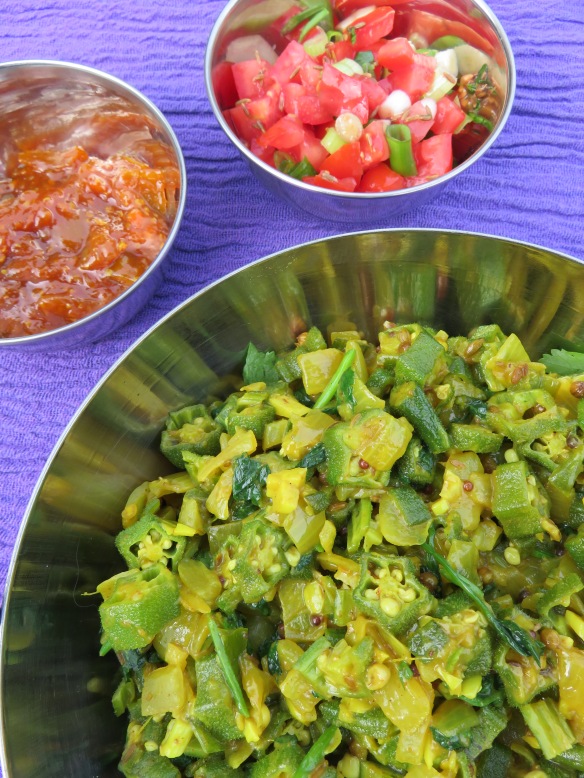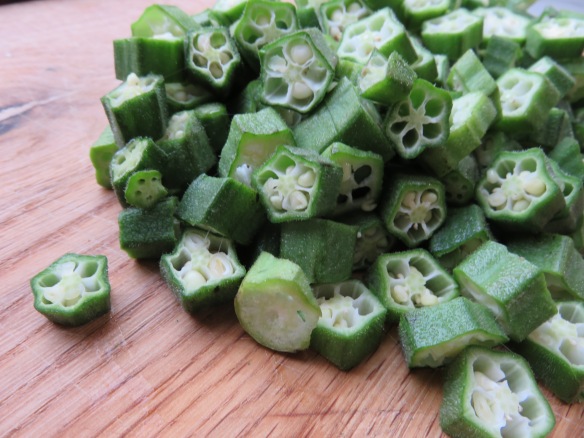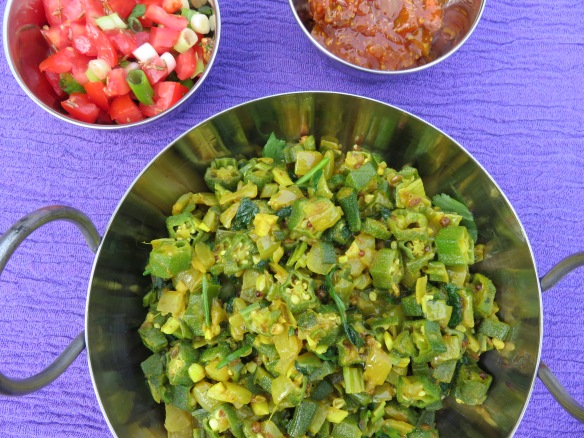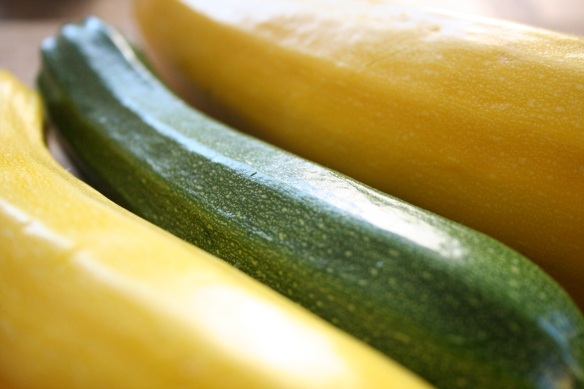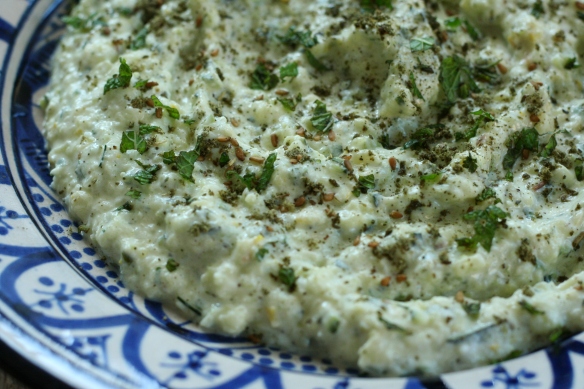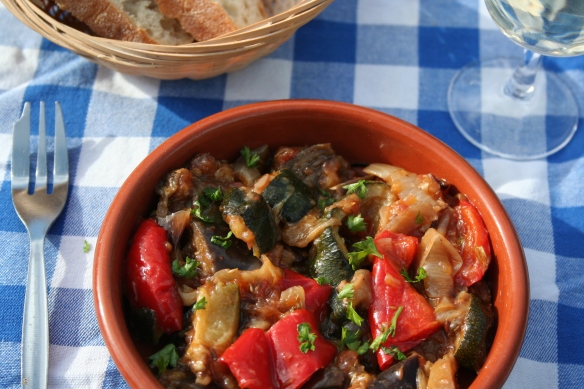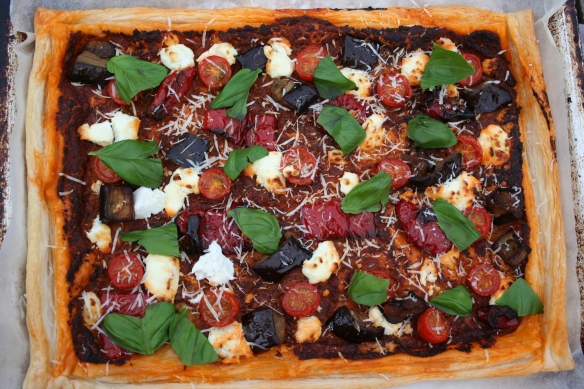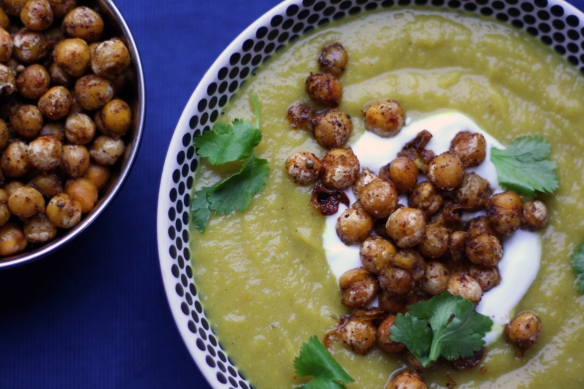 Even without the addition of yoghurt at the end, this soup has something of a silky korma texture, thanks to the creaminess of the parsnips. Just the kind of winter warmer you need in these dark, short days of the year.
Even without the addition of yoghurt at the end, this soup has something of a silky korma texture, thanks to the creaminess of the parsnips. Just the kind of winter warmer you need in these dark, short days of the year.
The town where I live, Frome in Somerset, is lucky enough to have a Food Assembly, which is like a farmers market but you order online in advance. They’re a fantastic event for both consumers like me and producers, so take a look at their website and see if there’s one near you. New ones are opening up all the time. For this soup, I used leeks and parsnips from Vallis Veg who sell at Frome’s Food Assembly. The yoghurt is a deliciously creamy ewe’s milk one from Wootton Organic Dairy, also at the Food Assembly.
My chickpea crouton recipe was inspired by the chat salad recipe in Meera Sodha‘s wonderful curry book, Made in India.
Try and use parsnips that are as fresh as possible; I’ve made parsnip soup before with older ones and the soup has turned out bitter.
Serves 6
Ingredients
Soup
2 tbsp sunflower oil
2 tbsp butter
1 medium onion, diced
2 medium leeks, sliced
1 green chilli, deseeded and finely chopped (optional)
4 cloves of garlic, finely chopped
4 cm piece of ginger, peeled and grated
1 tsp ground cumin
1 tsp ground coriander
1 tsp garam masala
½ tsp tumeric
¼ tsp ground cardamom
500g parsnips, peeled and roughly diced
1300 ml vegetable stock (I used Marigold bouillon)
Natural yoghurt, fresh coriander and naan or chapatis to serve
Croutons
2 tbsp sunflower oil
400g tin of chickpeas
2 tsp garam masala
2 pinches of cayenne pepper or chilli flakes (optional)
½ tsp mustard seeds
salt
Method
Heat the oil and butter in a large saucepan and then fry the onion on a medium heat for 5 minutes, before adding the leek and cooking for a further 5 minutes.
Add the chilli, if using, plus the garlic, ginger and spices and cook for a few minutes.
Stir in the parsnips and then add the stock. Bring to the boil and then turn down, simmering for 20 minutes or until the parsnips are soft.
While the soup is cooking, make the croutons. Rinse and pat dry the chickpeas with some kitchen roll.
Heat half the oil on a high heat in a frying pan and when hot but not smoking, add half the chickpeas.
After 2-3 minutes, when they should be starting to crisp up (but not burning!), add half the garam masala and cayenne pepper/chilli flakes, if using.
Cook for another 1-2 minutes, then throw in half the mustard seeds. When they start to pop, remove from the heat and then repeat with the remaining ingredients.
Puree the soup in a food processor or with a stick blender.
Season to taste.
To assemble, add a swirl of yoghurt to each bowl of soup, topped with chickpea croutons and a scattering of coriander leaves. Serve with naan or chapatis.

